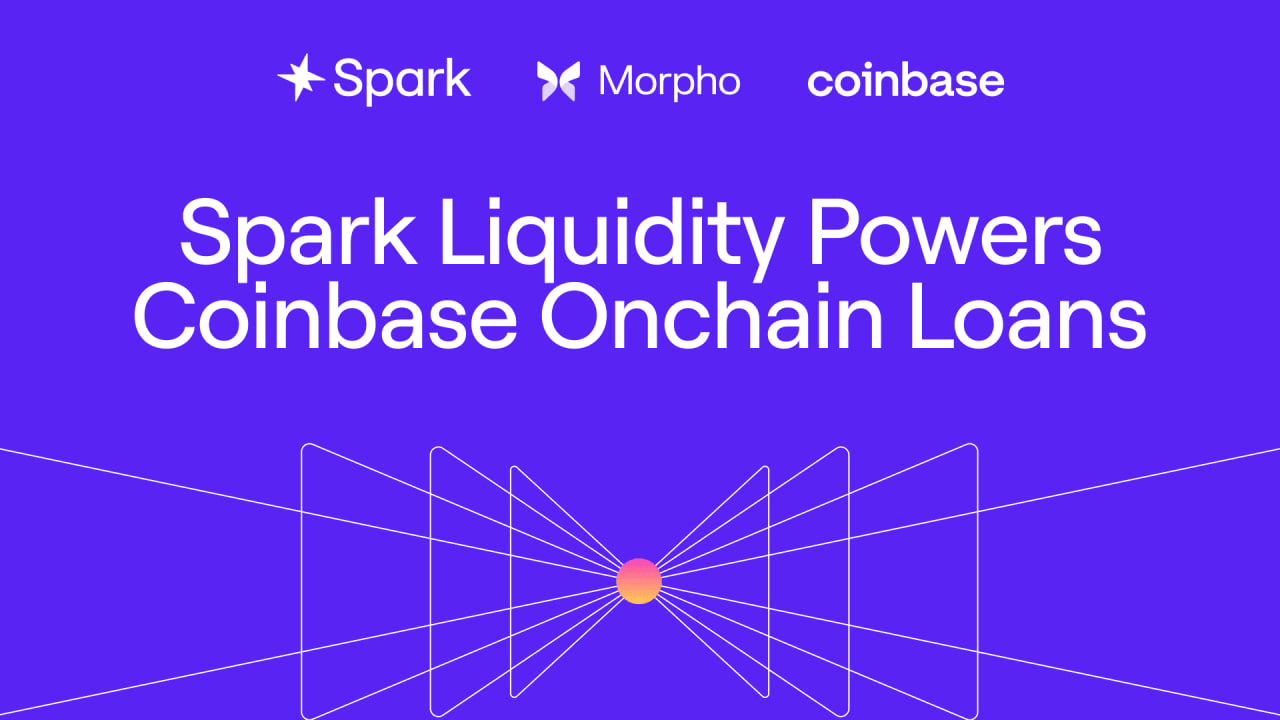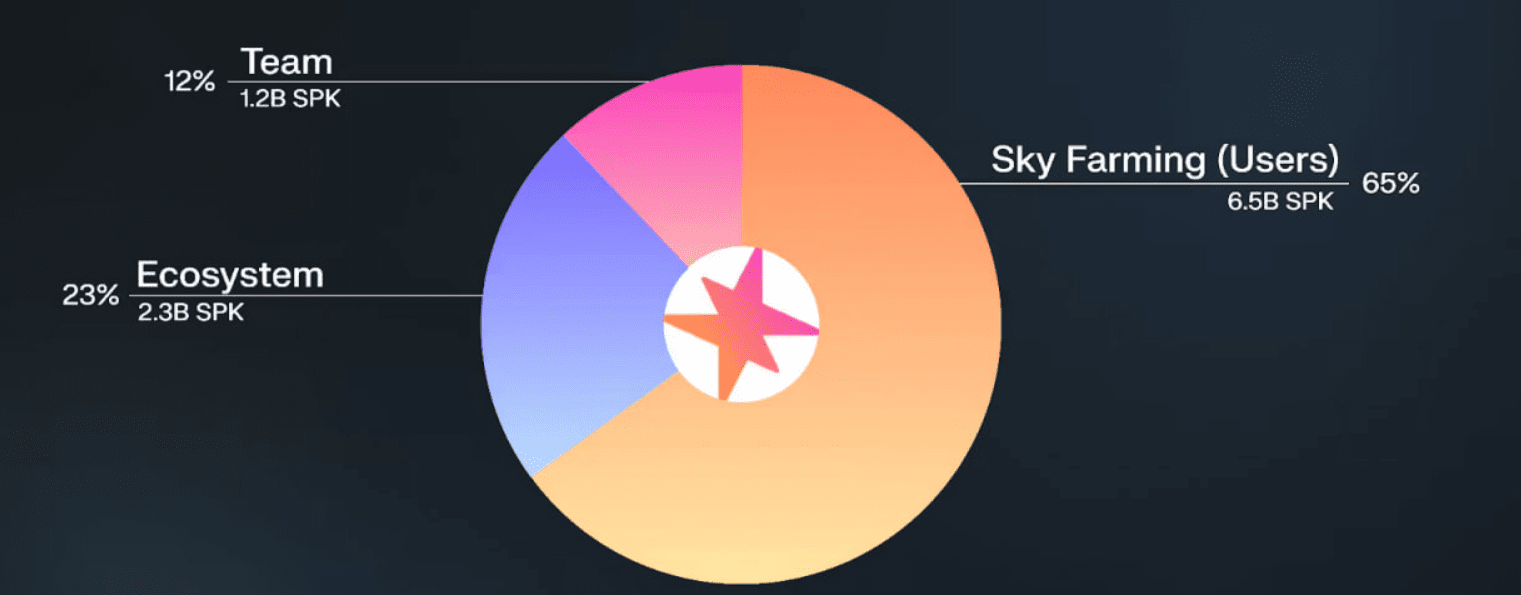🔔 Preface:
The trend of grabbing airdrops hasn't faded yet, and everyone is talking about various airdrop projects, but I am actually more concerned about protocols that can sustainably generate returns. Engaging in short-lived trends can be exhausting.
Today I saw#Binance The top of the growth list is$SPK I just wanted to discuss@Spark Official This is a DeFi protocol focused on stablecoin yield distribution, which has recently gone through an airdrop and staking rewards phase, and the discussion around it is quite good, plus it actually has some practicality.

1️⃣ Project Introduction:
Spark is like an automatic wealth management assistant for your USDC. You deposit stablecoins (USDC/USDS), and it automatically helps you deploy to higher-yield places, whether it's Aave, Morpho, or some RWA platforms. The yields are fully automated, and withdrawals are convenient.
Moreover, it relies on Sky, a huge capital pool managing around $6.5 billion in reserves, so liquidity is stable and the scale is large. It's not a trivial project; its three core products are:
➤ Spark Savings: You can earn daily yields by depositing USDC. Withdrawals can be made anytime without fees or slippage.
➤ SparkLend: If you want to lend out funds for interest or want to borrow some money at low interest rates, this can be used. The interest rates are governed by pricing, unlike Aave, which often fluctuates.
➤ Spark Liquidity Layer (SLL): This is the intelligent brain of the entire system, responsible for allocating your deposited funds to the channels with the highest returns.
2️⃣ Core Highlights:
🔸 Yield Automation: The system will flexibly adjust according to different strategies; it has deployed to Aave, RWA, and Ethena, among others. You don't have to worry; it runs for you.
🔸 Multi-chain support and high composability: It is not limited to Ethereum; chains like Arbitrum, Optimism, and Base can also be used, and assets are not locked.
🔸 Transparent fees, user-friendly: There are no hidden tricks, the yield page is clear at a glance, and sUSDC/sUSDS can also be used elsewhere.
🔸 Compliance and security are quite good: multiple rounds of audits and a white hat program with a maximum reward of $5 million. Although this does not guarantee absolute safety, at least it is not a fly-by-night project.

3️⃣ Token Situation:
Spark's token has a total supply of 10 billion. Of this, 65% is allocated to the community and reward mechanisms, while the team and investors have a lock-up period and linear unlocking arrangements. Currently, the release pace is considered restrained.
The token was preheated last year, with a large-scale airdrop release in July this year, so it has only recently become active in the market. After the Overdrive phase began, the SPK price surged from $0.03 to $0.18, and many people sensed the aroma of a second Pendle.
However, after the airdrop, there is always selling pressure. The current price is around $0.125, with a 24H growth of 40%. Although the price has dropped, the staking volume has increased significantly, indicating that many people are still focused on long-term returns.
4️⃣ Recent Dynamics:
The hottest topic recently is the Overdrive incentive phase initiated by Spark. By staking SPK, you not only earn interest but also receive points and future incentive expectations.
In this phase, many people believe that participation in Overdrive may influence future governance weight and project resource allocation. Therefore, many large holders are participating with a positioning mindset.
In addition, Spark has recently taken several expansion actions, such as adding support for Base and Gnosis chains, and is continuously expanding its RWA cooperation strategies, while the product side is progressing steadily.
🎯 In conclusion:
Currently, most DeFi protocols either follow the old model or are complex tools that only experienced users can understand. In contrast, Spark's positioning is very simple; its products are easy to use, suitable for long-term holders, and friendly for beginners who are new to DeFi.
The SPK token model is still in the release phase, and it will definitely fluctuate in the short term, but as long as the protocol is stable and the yields are attractive, it has the potential to become a part of DeFi's fixed income infrastructure in the future.
I am considering putting some USDC or USDS into the vault to try it out; the interest is good, and the operation is not complicated. If there are substantial updates later, I will come back to write another piece.


